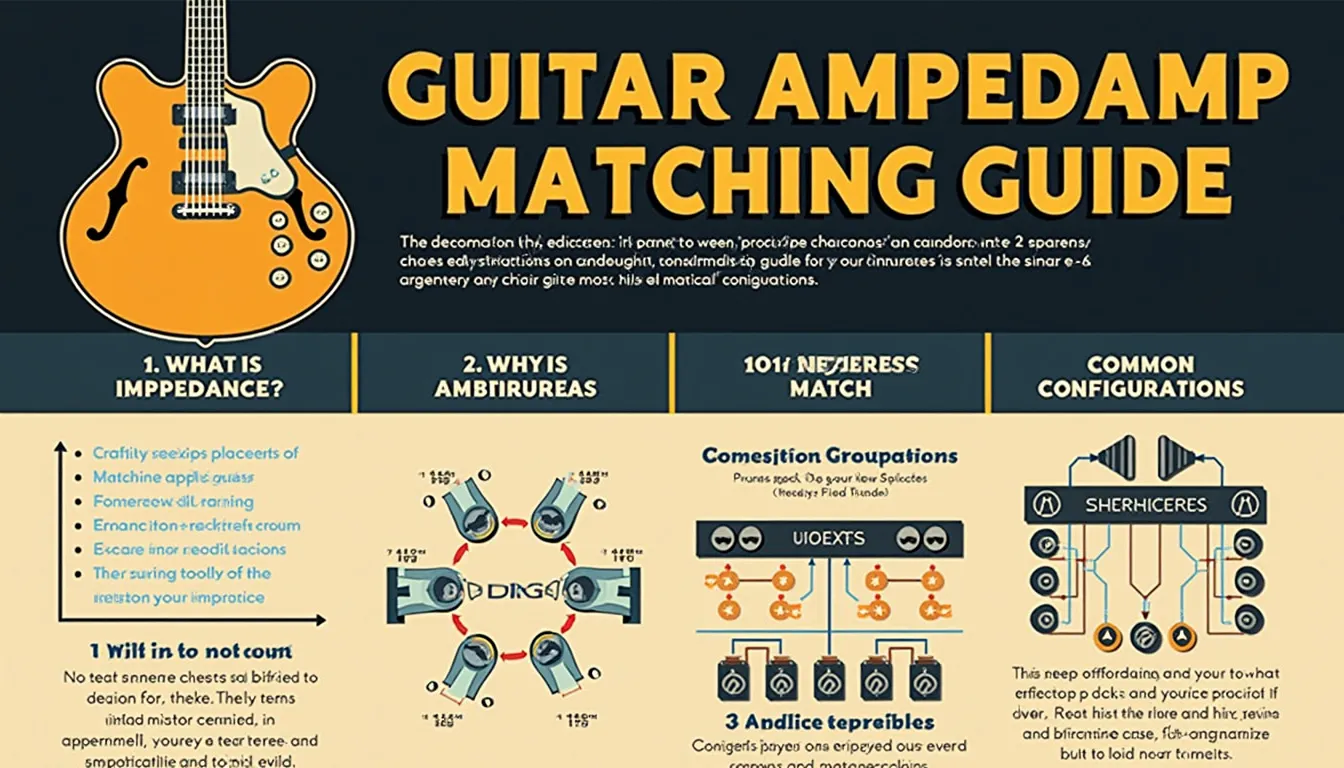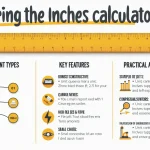Is this tool helpful?
How to use the tool
- Number of speaker cabinets – type any whole number from 1 – 4. Example A: 2; Example B: 4.
- Impedance of each cabinet (Ω) – pick 4 Ω, 8 Ω or 16 Ω. Example A: 4 Ω; Example B: 8 Ω.
- Connection type – choose Series or Parallel.
- Amplifier output impedances – tick every output your amp actually provides (e.g., 4 Ω and 8 Ω).
- Hit “Calculate” and read the results box for total impedance, best-match tap, and safety warnings.
Underlying formulas
- Series: $$Z_{total}=n \times Z_{cabinet}$$
- Parallel (identical loads): $$Z_{total}= rac{Z_{cabinet}}{n}$$
- Closest tap: smallest |Tap − Ztotal| from the ticks.
Worked example 1 (Series)
Two 4 Ω cabinets in series:
$$Z_{total}=2 \times 4\,Ω = 8\,Ω$$Use the 8 Ω amplifier tap.
Worked example 2 (Parallel)
Four 8 Ω cabinets in parallel:
$$Z_{total}= rac{8\,Ω}{4}=2\,Ω$$Select the nearest higher available tap—usually 4 Ω—to avoid overloading the output stage.
Quick-Facts
- Tube amps tolerate a maximum ±50 % mismatch before damage risk rises (Randall Amplifier Guide, 2012).
- Modern guitar cabs are most commonly rated 8 Ω; 16 Ω is second (Celestion Tech Guide, 2020).
- Operating a tube amp without a load can destroy the output transformer in under 60 seconds (Fender Tube Amp Manual, 2021).
- Solid-state amps prefer a higher load; running below the minimum Ω can trigger thermal shutdown (Peavey Service Note, 2018).
- IEC 60268-5 recommends ±10 % tolerance for stated loudspeaker impedance (IEC Standard, 2009).
FAQ
What is speaker impedance?
Impedance is the opposition a speaker offers to AC current, measured in ohms; it combines resistance and reactance (IEC 60268-5, 2009).
Why must I match amp and cabinet impedances?
A mismatch stresses output tubes or transistors, causing heat buildup and possible transformer failure (Fender Tube Amp Manual, 2021).
Is a higher speaker load safer for my tube amp?
Yes; a tube amp tolerates up to double its rated load better than half its load (Randall Amplifier Guide, 2012).
Can I mix different-ohm cabinets?
You can, but total impedance becomes an unequal-resistor network; calculate with $$ rac{1}{Z_{total}}=\sum rac{1}{Z_i}$$ (Smith, AES Paper 2015).
What happens if Ztotal falls between taps?
Use the next highest tap to keep output current within spec and preserve headroom (Peavey Service Note, 2018).
Does mismatch change my tone?
Yes; lower loads raise damping factor, tightening bass, while higher loads soften highs (Celestion Tech Guide, 2020).
How accurate are the calculator’s results?
It rounds to 0.01 Ω, more precise than needed because commercial tolerances are ±10 % (IEC 60268-5, 2009).
Can solid-state amps run without a speaker?
They can safely run unloaded, as no output transformer stores energy (Sweetwater Tech Tip, 2019).
Important Disclaimer
The calculations, results, and content provided by our tools are not guaranteed to be accurate, complete, or reliable. Users are responsible for verifying and interpreting the results. Our content and tools may contain errors, biases, or inconsistencies. Do not enter personal data, sensitive information, or personally identifiable information in our web forms or tools. Such data entry violates our terms of service and may result in unauthorized disclosure to third parties. We reserve the right to save inputs and outputs from our tools for the purposes of error debugging, bias identification, and performance improvement. External companies providing AI models used in our tools may also save and process data in accordance with their own policies. By using our tools, you consent to this data collection and processing. We reserve the right to limit the usage of our tools based on current usability factors.







